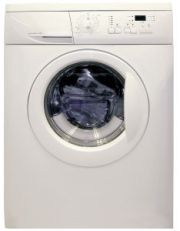Spruce up the kitchen before cooking your Turkey
 Thursday, December 16, 2010 at 10:00AM
Thursday, December 16, 2010 at 10:00AM  When it comes to Christmas we automatically think of Christmas dinner. You want to serve up the perfect Christmas turkey along with all the trimmings, but your kitchen is in a state. Giving your kitchen a good clean doesn’t have to be such a daunting task; following this guide you will wonder where the time has gone.
When it comes to Christmas we automatically think of Christmas dinner. You want to serve up the perfect Christmas turkey along with all the trimmings, but your kitchen is in a state. Giving your kitchen a good clean doesn’t have to be such a daunting task; following this guide you will wonder where the time has gone.
- Begin with the biggest job, the oven.
- Put on some protective gloves and with an oven cleaner
- galvanised scourer.
- multipurpose spray
- Put the oven racks back into the oven and close the door.
- Cleaning countertops
i. Countertops are one of the main areas in the kitchen that collects germs and bacteria. Regularly clean them with a multipurpose spray to kill as much bacteria as possible and help maintain the look and hygiene of your kitchen.
- Clean the sink
i. Now that you have cleaned the oven racks, there is probably a lot to clean up in the sink. This is the perfect time to clean your drains as well.
ii. Pick up as much residue from the sink as possible then give it a quick clean with a multipurpose cleaner.
iii. Using Defence Sanitising tablet wash the sink thoroughly. This is a safer alternative to liquid bleach and is suitable to use when cleaning sink drains.
- Combating bacteria
i. Dish towels, rags and sponges normally carry a high number of germs and bacteria. When combating germs in the kitchen it is best to replace towels, rags and sponges every three weeks.
- Sweep and mop the floor
i. After sweeping the floor, mop it using a solution of Ecoforce Floor maintainer and warm water.
 cleaning guides,
cleaning guides,  kitchen,
kitchen,  oven in
oven in  advice,
advice,  household
household 







